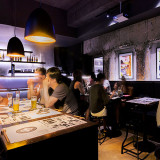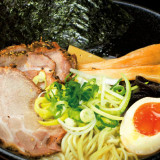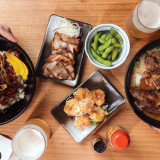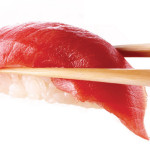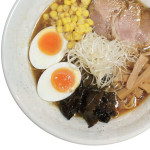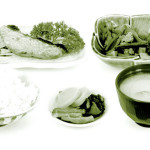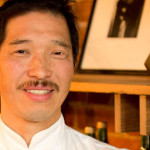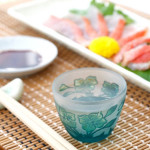
“I think Melbourne is very different to Sydney in that regard. In Sydney, due to the high rents, it seems the majority of Japanese restaurants are large-scale and, by necessity, serve commercial, universally-accepted dishes. On the other hand, in Melbourne, small and/or unique restaurants seem to be popular. Thus, I don’t think it would be strange to see a really high-end Japanese restaurant here representing the cuisine. In the future, I believe we will see a change in the ingredients we import and a further rise in the level of Melbourne’s Japanese cuisine, all driven by customer requests for more authentic or unique dishes.
“Starting a Kaiseki restaurant in Melbourne has been a long-held dream of mine. I use seasonal ingredients and serve different menus every month, based on what I was doing in Kyoto. Right now, we only offer Kaiseki as a special menu once a month, yet we are fully booked up for several months in advance, despite only starting it in July. Some of our customers are those who have come before, but the majority are new, non-Japanese customers and locals. They make a booking based on reading the ‘Kaiseki’ sign out the front of the restaurant. I assume these people have had Kaiseki in Japan, though, and book based on wanting to eat it here.
“When I decided to introduce a kaiseki menu, I had to rebuild the restaurant, too. I reduced the number of bar seats and enlarged the kitchen. Also, in order to serve each dish at a
time that was perfect for the customer, I had to re-train the staff.
“Going down this path required some bravery, but amazingly, there was a huge response to it once I started. We get different customers every month. The idea that Melbournians would be eating the same dishes as Japanese people, or even ones at a level above, seemed impossible when sushi and sashimi were first introduced to Melbourne, but that’s how it is now.
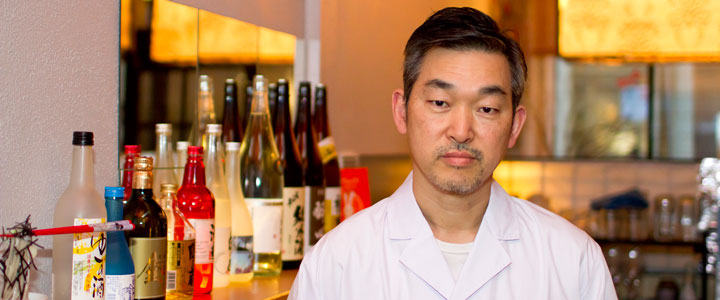
“It would be presumptuous to say I try and teach people via my cooking, but I do serve dishes with the intention of showing people what they can do with local ingredients, as well Japanese flavouring and cooking techniques. Take, for example, our popular Jouyo-mushi. You lay out the fish as a ‘plate’, then cover it with grated yams and steam it, finally placing the sauce on top. The customer doesn’t know what’s inside just by looking at it, and only finds out via the eating. Of course, we do have a description on the menu, but customers are still surprised at how it all comes together on the plate. I take the stance that, while I always look forward to my customer’s reactions, I want to challenge their palettes, too.
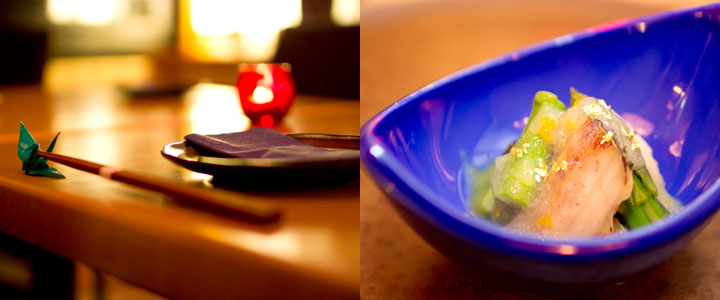
“As there are now more and more customers who are used to drinking sake and are particular about what they have, we also offer both regular and unfiltered sakes which match each Kaiseki dish. Customers look forward to how each drink matches the cuisine. I do feel there is a greater range of clients now, and Japanese cuisine is just generally more strongly supported. Thus, I will serve dishes with which I can be satisfied and which meet their expectations.
“I think my role in Melbourne is to improve the level of Japanese cuisine and develop the relationship between the restaurant and our customers. This is something that cannot be done half-heartedly, as our clients will notice. So, with everyone’s encouragement, I will try my best.
“I would also like to put my efforts into training people who want to improve their skills and can share the ‘spirit of Japanese cuisine’. “I always look forward to my customer’s reactions, I want to challenge their palettes.
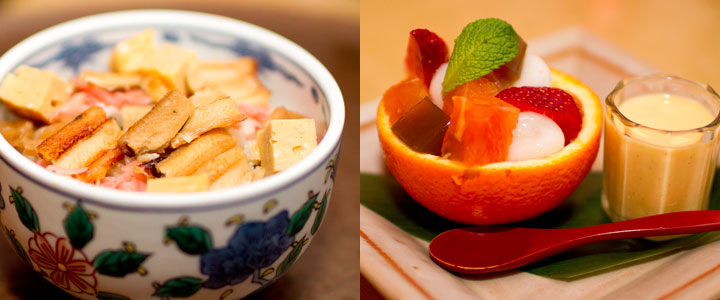
Kaiseki Course : $100
with matched sake: $145
(booking required)

